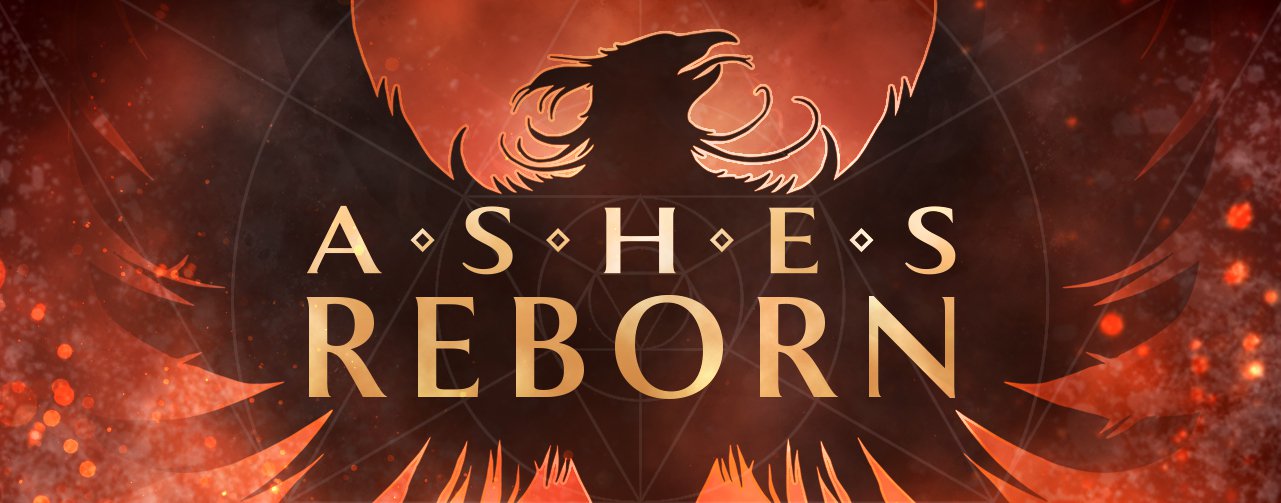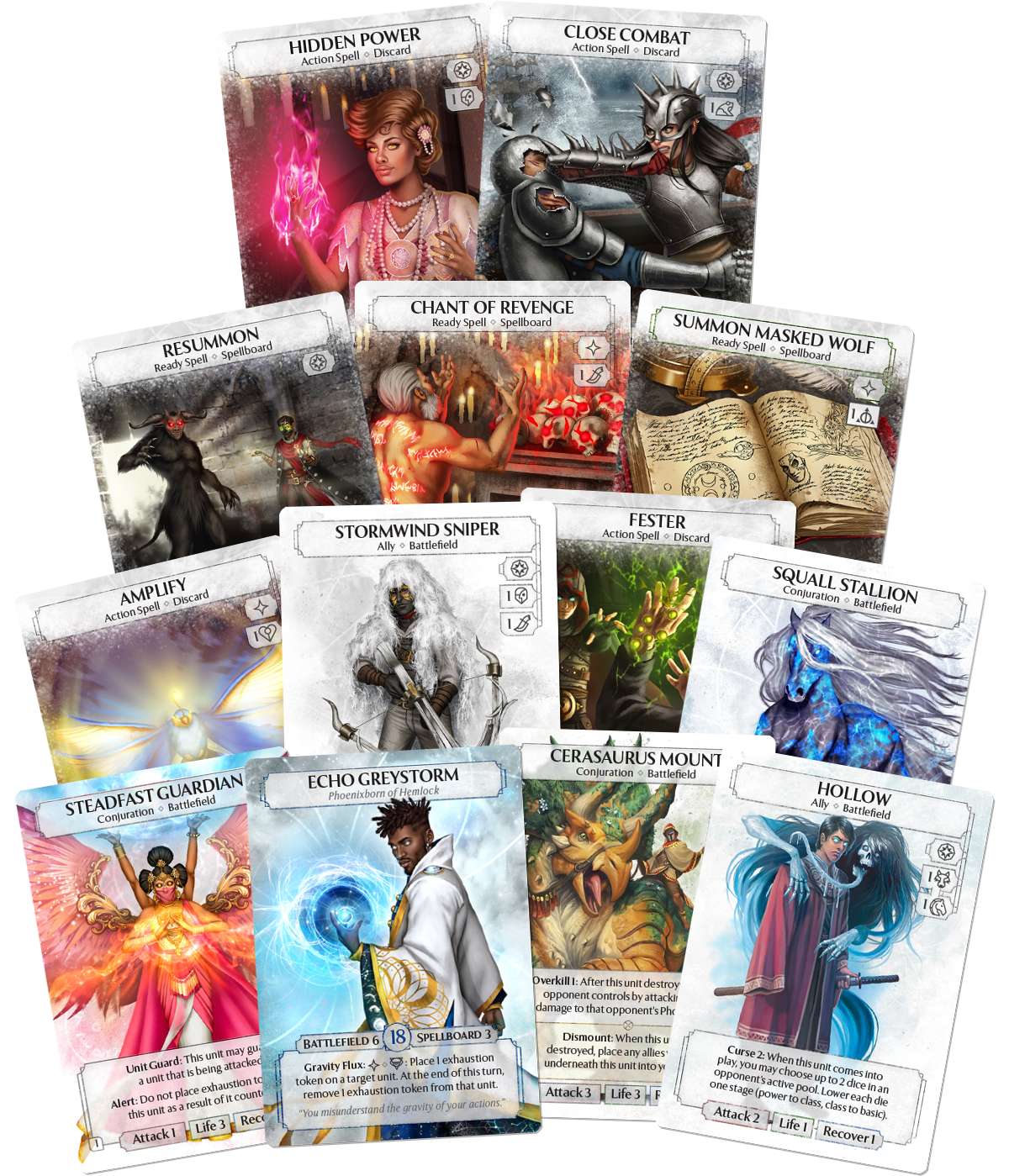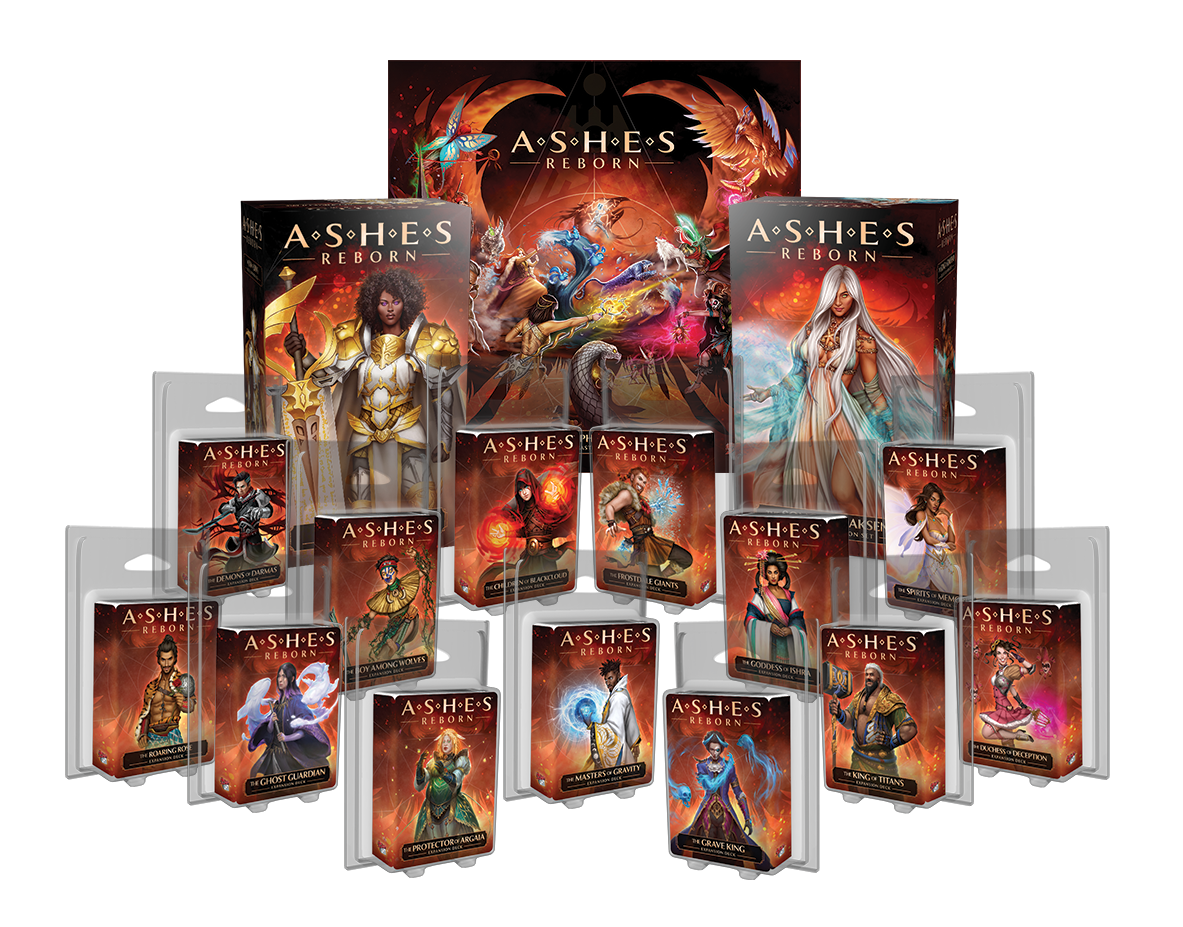
As I mentioned in my Digimon CCG review; It's no secret to anyone that reads my articles that aside from Warhammer, card games have been my go-to in order to get my competitive fix over the years. From Pokémon to YuGiOh and Legend of the Five Rings for that sweet card-shuffling feeling, and Legends of Runeterra digitally, there has always been something about playing with a carefully crafted deck that is unique to you in terms of your playstyle and personality which has always appealed to me.
Alternative Distribution Methods
With the completion of Legend of the Five Rings, I found myself looking into other games to try and find what my next big 'thing' would be. At the same time I definitely wanted to avoid the collectible card game (CCG) trap of constantly having to drop several hundred pounds on each booster box release just to get that playset of whatever the new hotness card is, so a similar distribution method to L5R would be ideal.
For reference, L5R ran as a Living Card Game, or LCG. There is none of the CCG 'lootbox style' lottery of card rarities, instead having expansions with a fixed card list, providing a full playset of every card released for that particular product. Additional expansions are introduced over time but again, you would be guaranteed all of the cards in that expansion instead of a random selection per pack. This effectively means that the concept of 'pay to win' is largely non-existent and players of all skill levels are effectively on a level playing field without having to spend upwards of £40 per card just to be able to compete.
 |
| The actual artwork on the cards is top notch which is something that I actively look for in my games. |
Ashes Reborn takes this distribution model a step further. Outside of the core set, each expansion is it's own stand-alone deck. Whilst you are able to mix and match any of the printed cards (more on this later), each card relies on one of the seven in-game schools of magic as their resource and the different expansions are designed to be self contained within a particular school. If you find yourself only wanting to play with a particular school of magic then there is no need to pick up any of the other sets that don't have relevant cards. This gives a nice point of entry into the game whereby you only really need to pick up one or two of the sets (at a similar price point to most other game's starter decks) to start playing and you can expand our your collection as you see fit.
For those who might be familiar with the franchise, Ashes: Reborn is the newest version of the previous card game Ashes: Rise of the Phoenixborn which was sadly discontinued a few years ago. It is back and now running on a subscription model out of the US (elsewhere in the world it will be going into stores as normal). Instead of printing masses of stock that may never sell, the publisher Plaid Hat Games have teamed up with Team Covenant to deliver a system whereby as long as there is a continued basic level of interest in the game the players will continue to get new content:
In order to kick off this player driven production, we need 1,000 subscribers to sign up. Once that goal is met, production will begin to bring each subscriber the hefty Ashes Reborn 1.5 Upgrade Kit, which will include the new 1.5 version rulebook along with more than 350 updated cards from the 16 original products in the Ashes line! Each upgrade kit also comes with enough copies of every revised card to reach the legal deck building limit for that card. ~ Team Covenant.
How do we play this then?
For those who have played these games already, Ashes Reborn to me has initial vibes of Starwars: Destiny and Magic Commander. The game is largely hero focused; with the player playing the role of one of the currently 21 available Phoenixborn, using their cards and custom dice as resource (yes dice!) to summon allies and conjure magical beasts, along with the usual array of fantastical spells, to try and reduce their opponent's Phoenixborn to 0 health and win the game.
The game itself has a number of interesting twists on the usual gameplay patterns of customiseable card games that I am quite enjoying so far:
Choice of your own starting hand: You are allowed to start the game with five cards of your choice from your deck as your starting hand with the option of discarding any number of these before the first round starts. This allows you to choose the direction that you want to play the game vs a particular opponent from turn one eliminating the age-old excuse of not having a good starting hand. Interestingly, it also allows the player to include meta-specific tech in their deck and discard it before the first turn starts if it won't be particularly useful in a given match.
Dice are your resource: I mentioned before that there were 7 schools of magic and that each card had a corresponding resource to be used. This takes the form of the various coloured dice that make up your dice pool. Dice are the magic that let you cast spells and summon units. Each die has three levels: power > class > basic. Higher level dice can be used to pay for lower level costs.
When building your deck you will notice that each card will have a symbol on it as a play-cost. You are only allowed 10 dice in your pool. These can be of any colour but you have to make sure during deck building that you have the corresponding dice to the cards that you want to play:
You may be wondering why all the fuss was made about choosing your first hand to reduce randomness when you could just be hit by not rolling the symbols you need on your dice. Normally this would be the case but during the game you are allowed to discard cards from your hand or the top of your deck to change your dice to any side you want. This is a double-edged sword though because if you ever run out of cards in your deck and need to draw at the beginning of the round you will start to take damage and therefore coming closer to losing the game. It's a fine balance between pushing your dice to try and maximise efficiency over losing out in the long-run.
I go, you go: Each player's turn consists of just two things: A main and a side action. Once you have done these the game moves onto the next player, back and forth until both sides are out of resources or don't want to play further. Then the round resets, players draw up to 5, reroll dice into their pools and continue. The actions themselves are generally short and I find that this helps keep players engaged. There is also actually quite a lot of depth to this system; As playing a card and using it to attack/spell effect, etc. are usually all main actions, and you only get one main action a turn before passing to your opponent there is a sense that you are seeing the story of the turn unfold and you can allow for adjustments in play as the round progresses depending on what your opponent is doing.
 |
| Behold! All the stuff! |
Closing Thoughts
Overall, having played in a couple of small events already of Ashes; I am quite liking what I have seen so far. The game seems to have the good tactical depth that I enjoy from these kinds of games along with some novel ideas and a willingness from the producers to update cards as are needed (For example, 30% of the Ashes 1.0 card
pool was rewritten,
rebalanced, and reprinted along with a cleaning up of the rules with the transition to this version of the game). Also, game support will essentially carry on indefinitely as long as there are enough subscribers to cover the minimum production costs which I think is one of the better ways to keep smaller games alive in an environment still dominated by the 'big three' of Magic, YuGiOh! and Pokemon. I've picked up the core set and a couple of the expansions myself so I am looking forward to playing quite a bit once the world opens up again especially considering Plaid Hat Games has indicated further tournament support in their posts.





